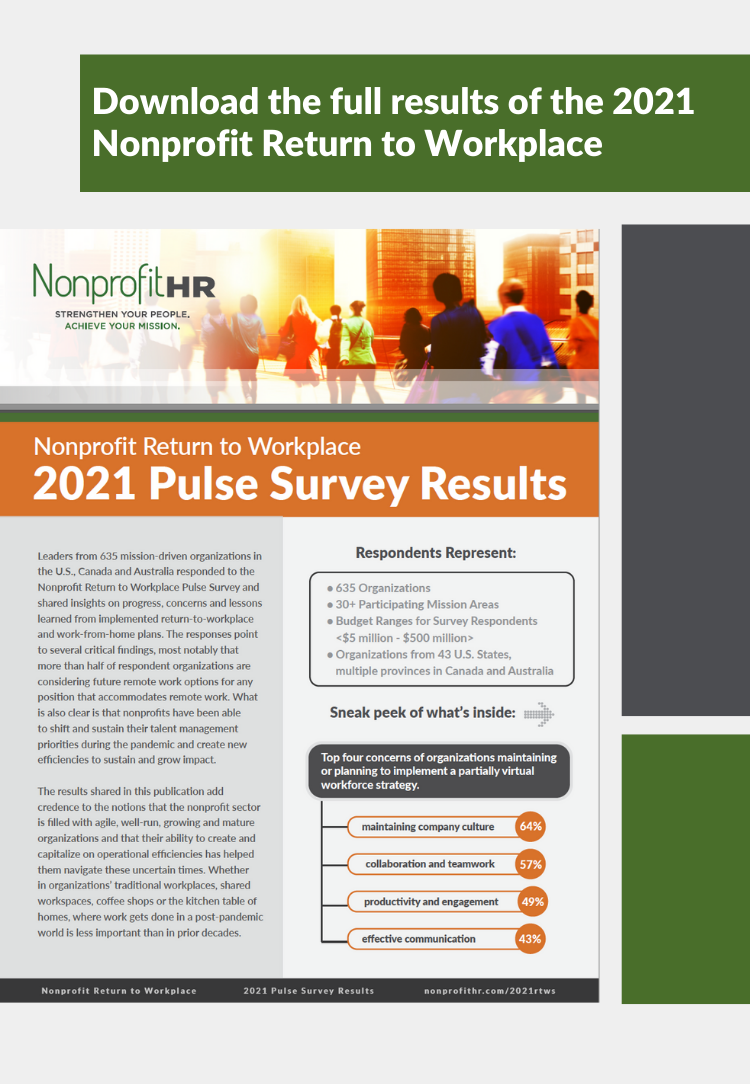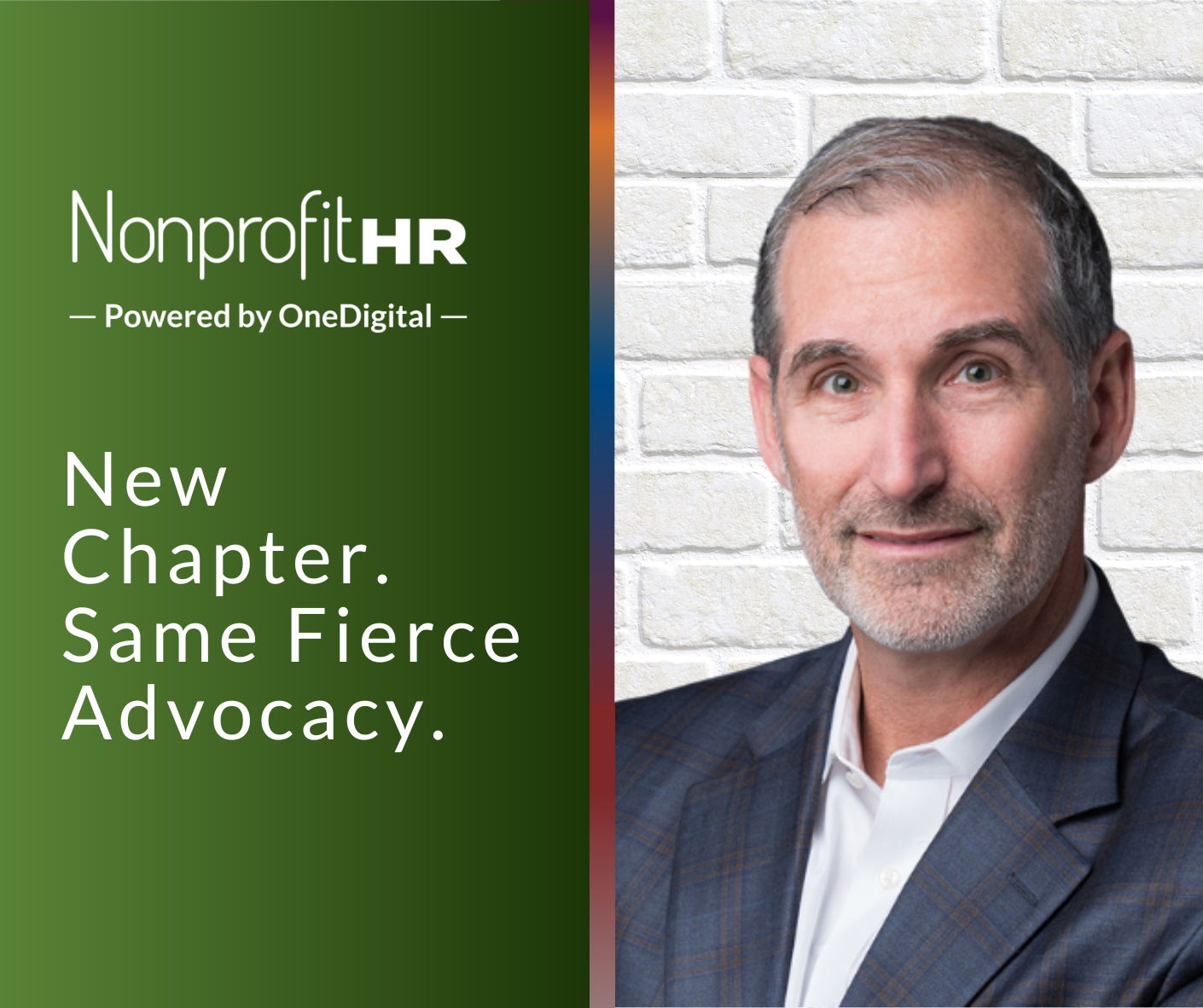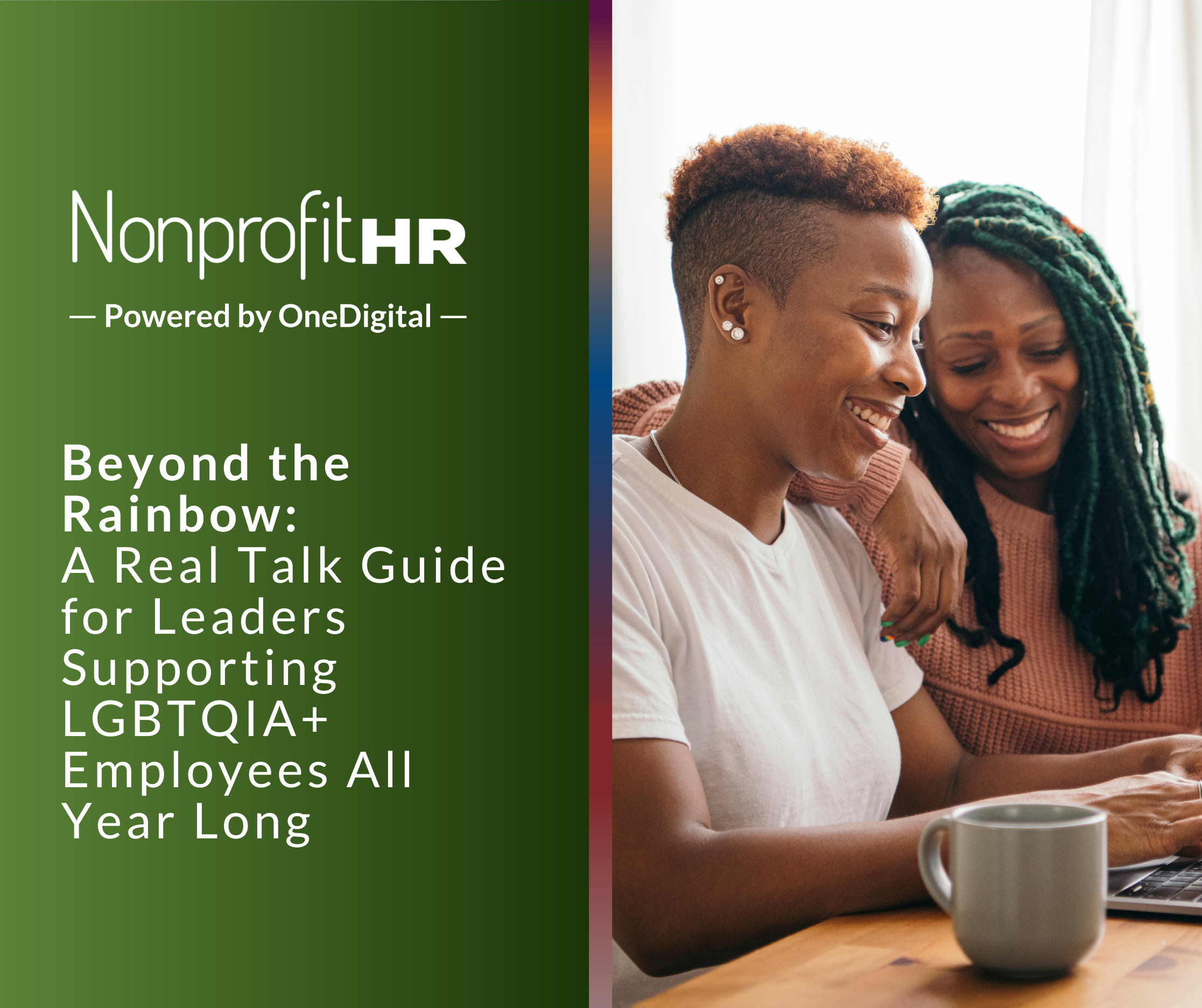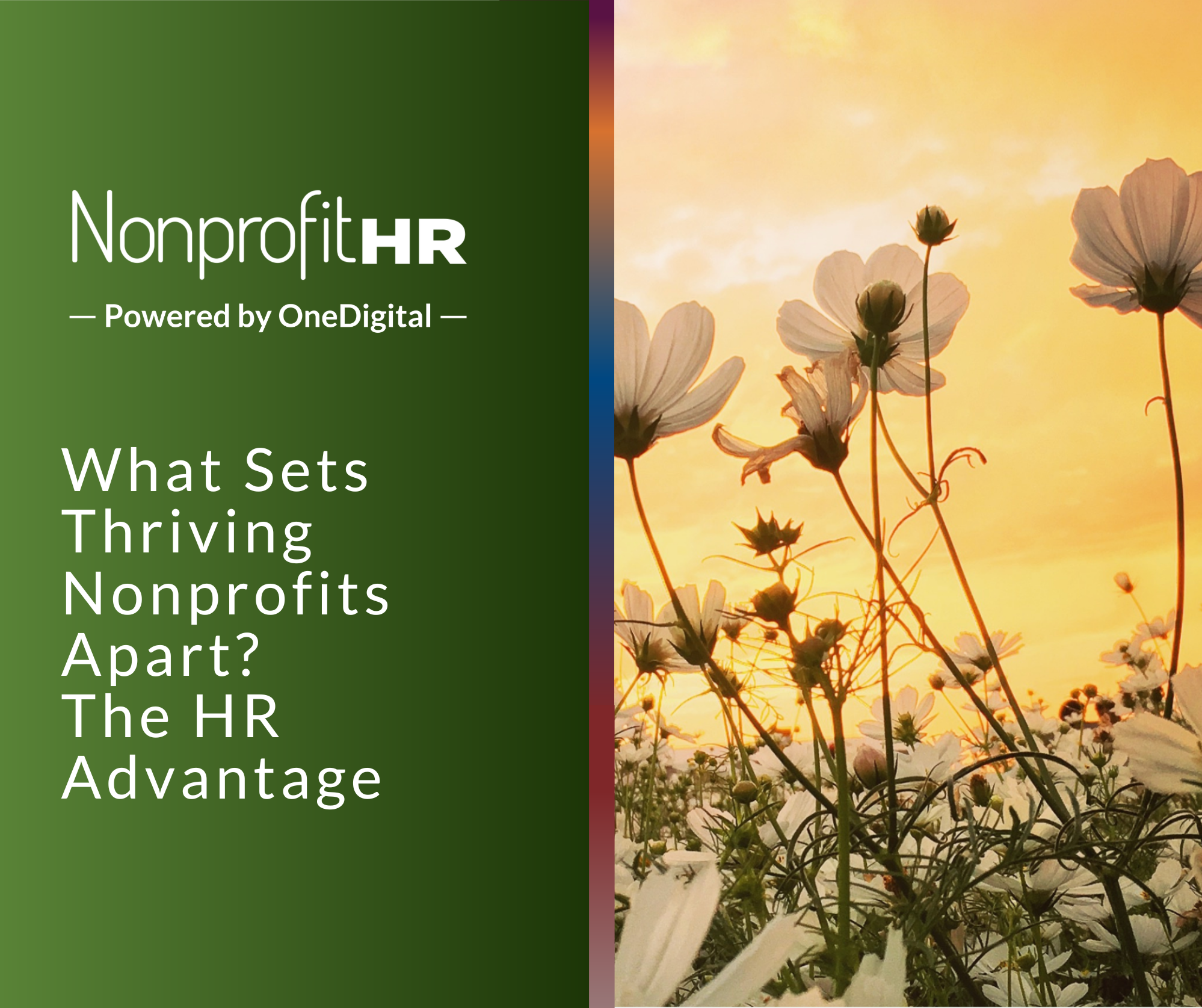WTOP: 5 ways nonprofits can…
Plans to return to the workplace are evolving and have people thinking carefully about what the future of the workplace should look like. While there is a great deal of uncertainty, one thing is clear: Employees expect flexibility. At the onset of the pandemic, 31% of employees were working remotely and between mid-March and early April 2020 that number doubled(1). As organizations return to their physical work spaces, leaders are exploring hybrid workforce models. Here we highlight important short- and long-term considerations and share findings from the recent Nonprofit Return to Workplace Pulse Survey.
A Return-to-Workplace Strategy and a Hybrid Workforce: How They are Related
A return-to-workplace (RTW) strategy directs the plans for a safe return to some form of new normal. We had hoped this would be a one-time return, but as new variants spread, the future remains uncertain. The key is to focus on helping employees through the transition, with a focus on empathy, well-being and, of course, safety protocols. The goal is a smooth transition for individuals, teams and organizations as they resume on-site operations. Based on the responses of 635 mission-driven organizations, the recent Nonprofit Return to Workplace Pulse Survey Infographic summarizes leadership insights and priorities as they guide efforts to resume on-site operations.
A hybrid workforce model is a term used to describe a way of working; it is a long-term approach to the way organizations promote flexibility. Some organizations are piloting hybrid models during their return-to-workplace adjustment period. At its core, hybrid workforce models offer more flexibility and may include solutions such as ad hoc or recurring flex-time, alternative work schedules, teleworking and remote work. These models open the door for more diverse talent pools.
In comparing return-to-workplace and hybrid workforce strategies, the former is more focused on the health, well-being and safety of the staff. A hybrid workforce calls for a broader long-term strategy. From culture to real estate, there are many important considerations that leaders need to think through. While the pandemic challenged many individuals, teams and organizations to work well remotely, a long-term commitment to a hybrid model does raise some important concerns with “maintaining company culture” at the top.
It may seem overwhelming to think about short-term return-to-workplace plans and a long-term hybrid workforce strategy at the same time. Especially with short term plans shifting and changing as organizations consider new and emerging guidance from the CDC(2). While challenging, leaders know the months ahead present an opportunity to experiment, learn and adjust plans for the future. In fact, many organizations have established return-to-workplace committees to work in parallel and collaboratively with those who are focused on long-term changes to flexwork policies and tools.
5 Elements of a Successful Strategy
- Meet people where they are
While we have endured the pandemic together, we have each had very different experiences. Help managers understand the need to recognize that people are in very different places today with different challenges still in front of them. Create plans and make decisions based on guidance from credible sources(3).
- Don’t lose focus on diversity, equity and inclusion
Take care to recognize that short and long term flexibility creates both DEI-related barriers and opportunities(4). The best strategies will be deliberate in working to address new barriers (e.g., less visibility) and capitalize on opportunities (e.g., cast a wider net to ensure diverse recruitment pools). Leaders need to be intentional in their work to advance equity when considering long term changes to flexwork policies.
- Address fear and resistance
Resistance is normal and must be embraced—the key is to ask good questions, listen and be transparent. Our survey points to “Risk of infection for self or family members” as ranking the highest. The bottom line is that you need to develop plans that address concerns. If need be, start small, propose a pilot that will monitor concerns and allow for adjustments. Organizations need to remain agile, be ready to shift gears, and HR leaders may need to rethink their priorities.
Regardless of the approach an organization takes, address resistance by:
- Reiterating health and safety is a top priority
- Acknowledging the discomfort among staff and pointing to feedback channels for communicating issues and challenges
- Providing a list of precautions that will be taken and maintained to maintain a healthy work environment
- Double down on shaping culture
Leaders set the tone in the way they communicate both formally and informally. Plans need to reinforce the positive values of the organization. A return-to-workplace effort is a great opportunity to celebrate the culture and highlight he behaviors that make people proud. An easy way to do this is simply to extend flexible policies to demonstrate and foster trust. Leaders might also think strategically about using the time in the physical workplace as a way to reinforce values and refine culture(5). Beyond culture, managers need to set expectations(6) of others and lead by example.
- Leverage—and support—the front line supervisors

Does your organization need help thinking through your return-to-workplace or hybrid workforce strategy? Our Strategy & Advisory team can thought partner with you to plan, implement and operationalize essential elements of a strategy that places focus on employee experience and safety.
How else can we partner with you?
Through our HR Assessment services, we provide advise on HR strategic priorities and recommend the HR staffing structure needed as organizations shift to hybrid working and/or expand worksite locations.
Having a solid Performance Management strategy for this ongoing season of uncertainty is key. We can work with you to assess and develop performance management programs to support:
- goal setting in alignment with organization-wide and team-level priorities
- role clarity
- integration of organizational values and core competencies
- frequent feedback opportunities to build connection, collaboration and trust
- accountability
- training of people managers on effective strategies for offering and receiving feedback
Initiate a conversation with our expert consultants now to ensure your return-to-workplace or hybrid workforce strategy keeps your most valuable asset first: your people.
Sources:
(1) Gallup: Leading Teams Forward, Advised by Gallup Remote Work Trends
(3) Gartner: Return-to-Workplace Guide for HR Leaders
(4) Fast Company: Can Remote Work Really Improve Workplace Diversity?
(5) HBR: 3 Tenets of a Strong Remote Culture
(6) Gallup: Measure Performance: Strategies for Remote and Hybrid Teams
(7) SHRM: Feedback and Reviews Can Be Complicated in a Hybrid Workplace


































